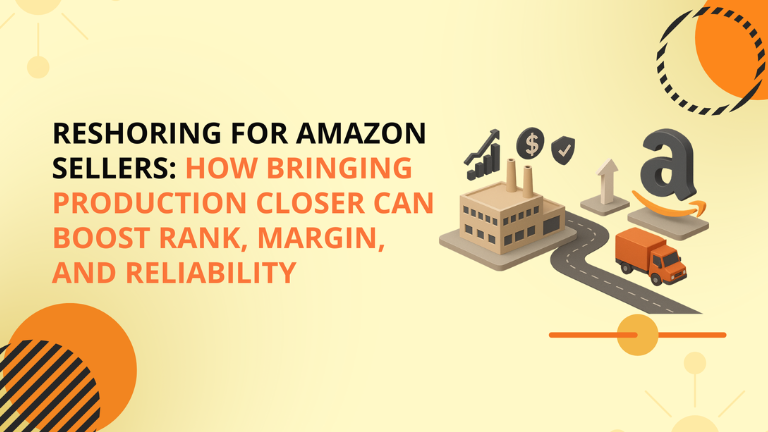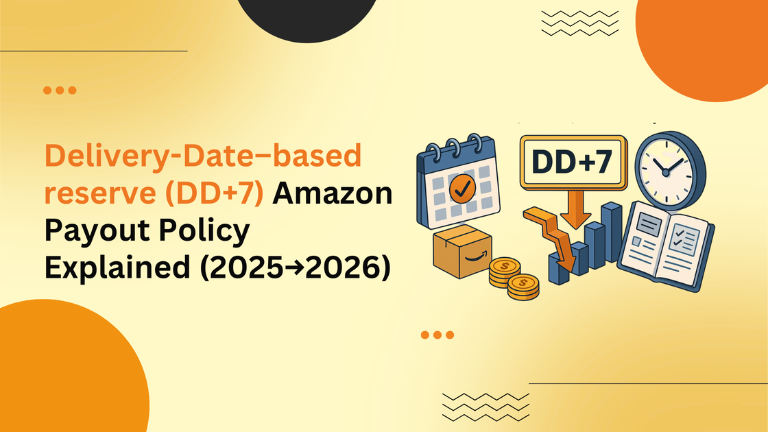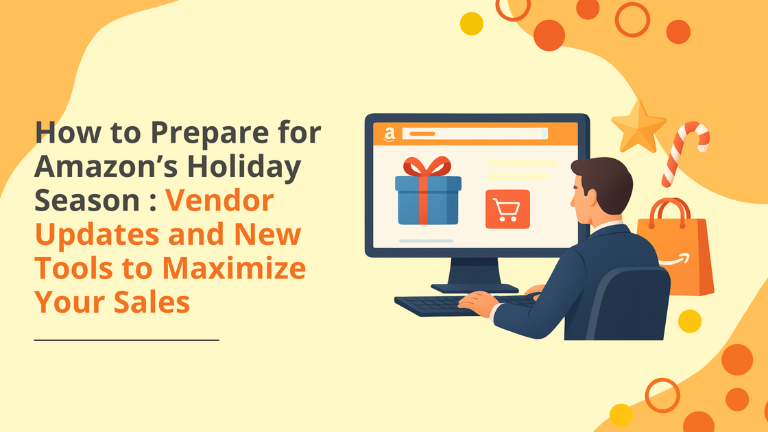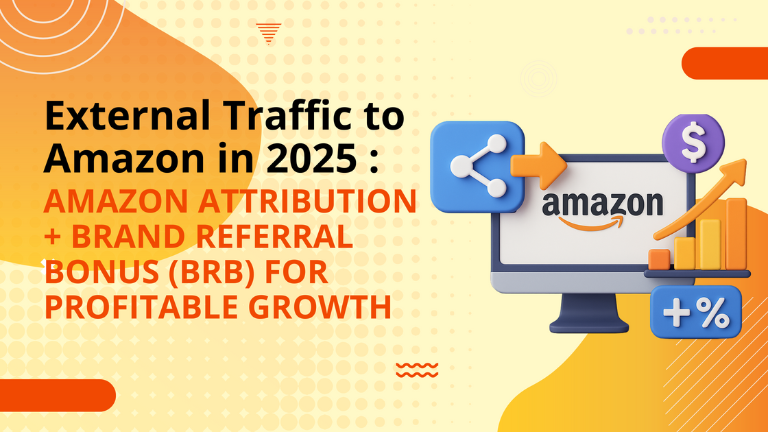Reshoring for Amazon Sellers: How Bringing Production Closer Can Boost Rank, Margin, and Reliability
For a decade, the winning formula was “manufacture far away, ship cheap, sell fast.” That formula is breaking. Tariffs, port shocks, and quality variability are pushing brands to shorten their supply chains. In 2024, U.S. reshoring and foreign-direct-investment (FDI) hit 244,000 announced jobs, with 2025 momentum continuing across logistics real estate and factory software—clear signals that the ecosystem is rebuilding close to the customer. What’s Driving the Shift? Risk > Cheapest: Companies are trading minimal factory price for resilience and speed. Policy tailwinds: Industrial incentives in semis/clean energy and marquee projects (e.g., Intel CHIPS funding) are anchoring domestic capacity. Retail pull: Programs like Walmart Open Call amplify demand for U.S.-made goods. What Reshoring Changes for Amazon Sellers Cash-flow & Lead Time Shorter chains mean faster replenishment, less cash trapped in transit, and lower safety stock—supporting in-stock %, Buy Box stability, and ranking. Quality & Returns Local oversight reduces defect variability. Lower return rates protect CVR and help avoid “frequently returned” flags. Positioning & Pricing Where accurate, “Made in USA” can lift trust and tolerance for premium price points (test in titles, bullets, A+). Validate with reviews/Q&A. TCO Beats FOB: How to Do the Math Move beyond unit price. Build a Total Cost of Ownership model for each candidate ASIN: Factory + packaging + compliance Ocean/air/ground freight & duties/tariffs Lead-time cash drag (inventory carrying + lost-sales risk) QC/defects/returns + rework Admin & vendor-management overhead Use that to compare overseas vs. nearshore vs. U.S. production on a like-for-like basis. A Practical Pilot Plan Pick 3 SKUs with rank volatility or chronic stock-outs. Source alt vendors (U.S./MX) and negotiate MOQs/terms. Run a 120-day pilot with dual-sourcing (keep a portion overseas). Re-set inventory logic (DOS, reorder points, AWD placement), and align MCF/FBM contingencies. Creative + pricing tests, If eligible, fold verified origin claims into hero/A+; test small price windows to defend margin. Decide to scale based on TCO, CVR, return rate, and OOS frequency. Who’s Building the Ecosystem? Logistics real estate: Prologis reports strong U.S. demand as network nodes expand. Warehouse/fulfillment software: Manhattan Associates shows continued cloud growth tied to domestic optimization. Risks & Mitigations Higher unit cost: Offset via reduced freight, tighter QC, and lower returns; consider SIPP-friendly packaging to trim FBA fees. Capacity ramp: Start with partial volumes; maintain dual sourcing. Workforce constraints: Plan longer onboarding; choose partners with training pipelines. How Big Internet Ecommerce (BIE) Helps At Big Internet Ecommerce we: Build SKU-level TCO models and scenario calculators. Shortlist/QA nearshore/U.S. vendors and negotiate terms. Redesign inventory targets (DOS, reorder, AWD placement) and integrate with your MCF/FBA plan. Translate operations into conversion lift (A+, Brand Story, ad structure) to protect ROI. Ready to see if reshoring pencils out? Schedule a strategy call and we’ll run a 3-SKU TCO and pilot roadmap. Follow Big Internet Ecommerce (BIE) on Instagram & LinkedIn to stay updated with the latest trends in Amazon selling.











